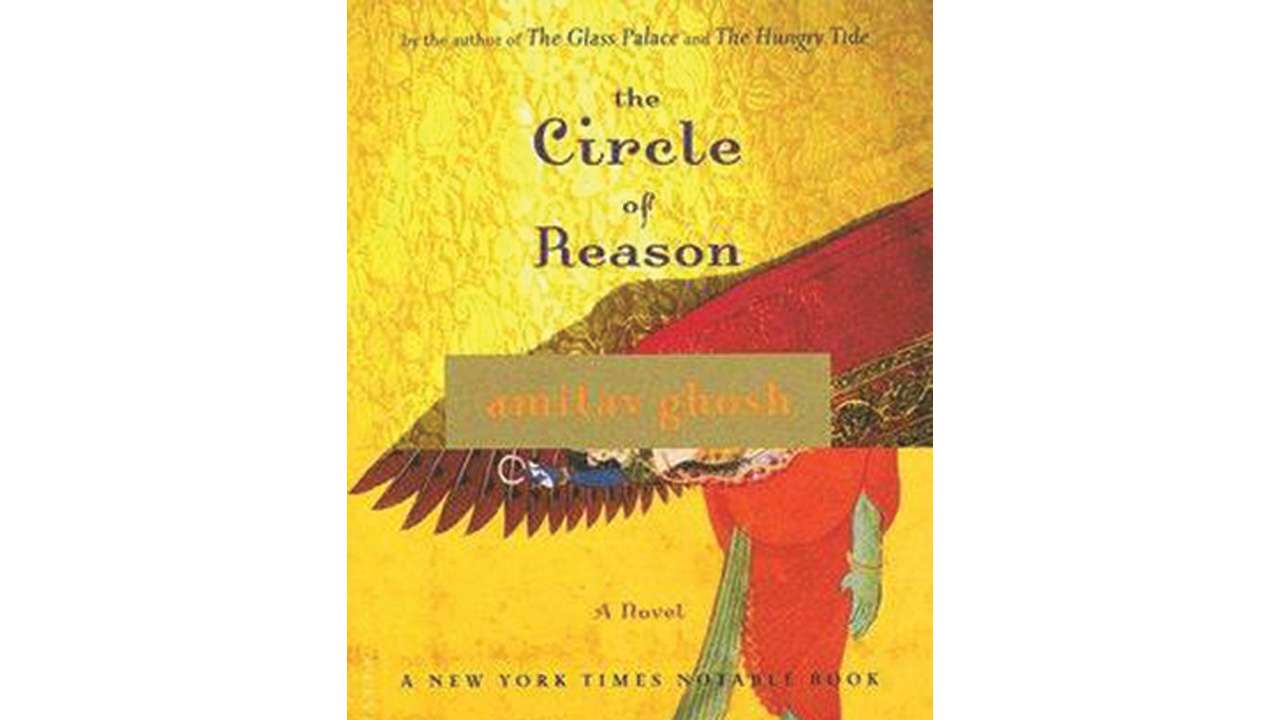
The Hindu system of thought considers Goddesses Lakshmi and Saraswati as representing the domains of material wealth and learning respectively and presiding over two distinct spheres, kept apart for all intents and purposes. In fact, they scarce step into each other’s territory. It is frowned upon. While in the western world view, knowledge is seen as inevitably translating into material power. In Amitav Ghosh’s apprentice novel, Circle of Reason (1986), written in a magic-realist mode with its share of surreal moments, the protagonist Balaram is an amateur phrenologist. He works as a school teacher at a village school run by Bhudadeb Roy. On one occasion when Ray, displaying the Bengali penchant for pujas, organises a grand Saraswati Puja to honour the Inspector of Schools, Balaram storms the venue, defiles the stage by climbing on without taking off his chappals and pulls off the head of the idol of Saraswati shouting frantically: “this is not knowledge; this is vanity.”
One suspects that the author had a far larger implication of this outburst in the novel that deals with knowledge, systems of knowledge and mimicry of knowledge. Even though Balaram is as sincere a teacher as one can find, a man sterling in character and conduct but his one glaring hamartia is his blind mimicry of western knowledge.
Although exposed with considerable sympathy, the sheer ludicrousness of Balram’s blind acceptance of western knowledge, only enhanced by the use of magic realism points towards the dangers inherent in divorcing science from society and putting it in a vacuum. His use of claw-like calipers to measure the skull of all and sundry really derives out of his intense passion for the love of phrenology.
Phrenology as a science has now come to be associated so strongly with the enterprise of colonialism, that our English medium boy only seems to be mimicking his western teachers with the most ridiculous effect. At the arrival of Alu into his household, he almost terrorises the boy by unexpectedly descending on him with his ‘eagle talons’. His love of phrenology has turned into an obsession which is most acutely annoying to his wife Toru-debi. Balram’s flirtation with phrenology begins in his student days at Calcutta, when he picks up an outdated volume on phrenology from the old book store on College Road, that famed Calcutta hub. Since then there is no looking back and Balram spares no occasion in putting this newly acquired knowledge to ‘practical use’. It is amusing that Balram, with his enthusiasm for phrenology, becomes guardian to his orphaned nephew Nachiketa Bose, who is throughout referred to as Alu because he has a big, undulating head: most heads are puzzling because they were so even. Often there was nothing, not the slightest undulation or bump to mark the major faculties and organs ...with Alu it was another matter altogether, it was like sitting down to a wedding feast after years of stewed rice.
In this way, the circle of reason indeed comes full circle. It begins with Balaram and his extreme sanitation experiments in his village Lalpukur. The war on dirt continues when he douses the whole village with carbolic acid to combat any trace of dirt. He founds a village society akin to the college Rationalist Society which comprises of his orphaned nephew Alu, the village weaver Debnath and his daughter, Maya. Opposed to Balram’s ‘circle of reason’ is the school owner Bhudadeb Roy’s desire to traverse the whole village with straight lines. Balram is successful in building a school- which is called the ‘School of Reason.’ It is an institution with an experimental curriculum where subjects as diverse as weaving, stitching and experimental science are taught. Balram envisions a society based on the application of pure reason where the manipulative politics of Bhudeb Roy has no place.
There is an underlying rationale here in making an Indian pick up a discarded book from a second-hand book shop and making him take to it with such enthusiasm. Balram, in a very innocent way lap up the ‘discarded’ knowledge of the west with such verve, he becomes symbolic of the generations of Indians fed on the leftovers of western scholarship. Apart from phrenology, he is also equally enthusiastic about the outdated theories of Kretchmer and Lombroso’s theory of genetic and physiological basis of criminality. His reverence for the scientist Louis Pasteur and total obsequiousness to the scientist’s biography written by Valery-Radot reverberates in the book. Every time an otherwise stoic Alu comes face to face with the book, tears well up in his eyes. Much later in the book, his unexpected act of consigning the book to flames along with the body is symbolic of the larger act of demolishing mimetic knowledge and bringing in its place one emanating out of a true experience.
The author teaches English Literature